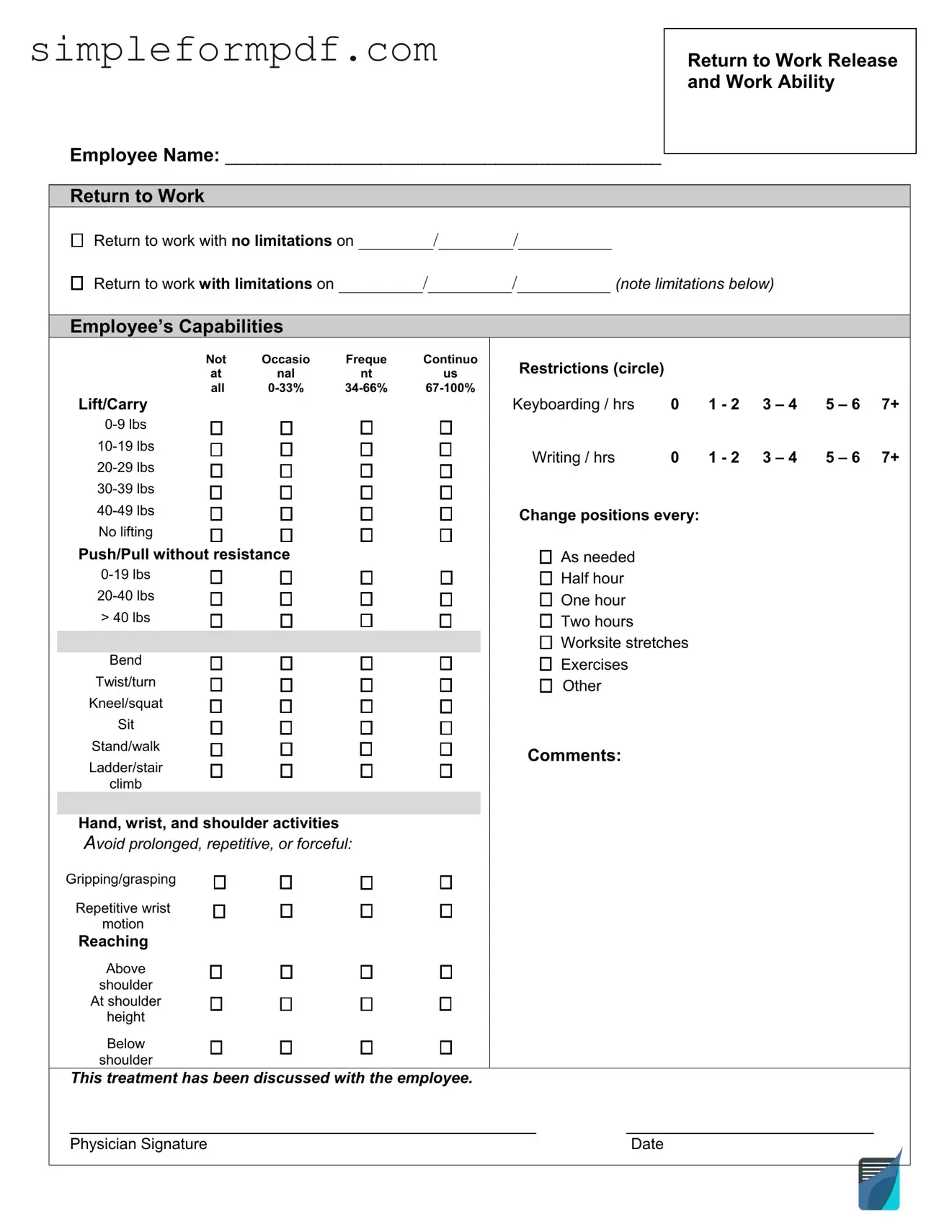Planned Parenthood Pregnancy Verification Letter
- The form aims to ensure informed consent by discussing benefits and risks of services.
The Arizona Residential Lease Agreement is a legal document that outlines the terms and conditions between a landlord and tenant for renting a residential property. This form serves to protect the rights and responsibilities of both parties involved in the lease. To gain further clarity on this important document, you can refer to the details provided at https://azformsonline.com/residential-lease-agreement/, which elaborates on its components and aims to ensure a smooth rental experience.
How to Put a Lien on a Property in Florida
- Includes instructions for service of the notice to ensure proper delivery.
Print Payroll Check
- This document ensures timely payments, preventing employee dissatisfaction.

